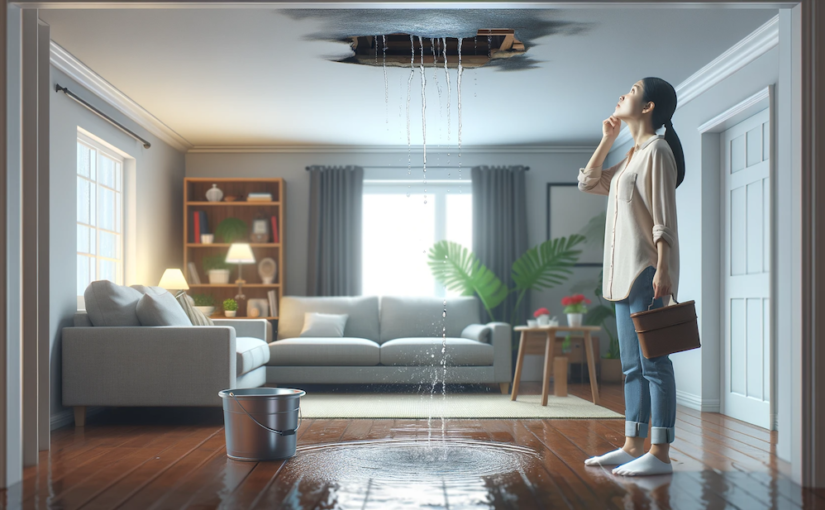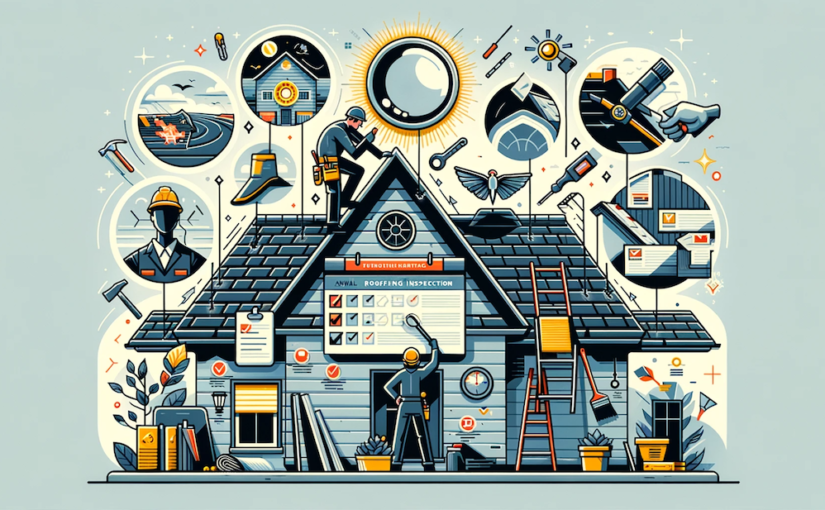Today’s focus is on a critical aspect of home maintenance: preventing mold and water damage resulting from roof leaks. With expert tips and proactive steps, you can ensure your home remains a safe and joyful haven. Let’s dive in!
Unmasking the Mold Menace: The Impact of Roof Leaks Imagine a small, unnoticed leak in your roof. This might seem trivial, but it’s an open invitation for mold to start its silent invasion. When water seeps in, it creates a damp, mold-friendly environment within your walls and ceilings. The longer it persists, the more extensive and damaging the mold growth becomes. But don’t fret! The solution is simple – regular roof inspections. These proactive checks can nip potential problems in the bud, keeping mold at bay and your home dry and cozy.
Mold: More Than Just a Party Crasher Beyond being an unwelcome guest, mold poses real health risks, especially for individuals with allergies or asthma. Exposure to mold can cause a variety of symptoms, including respiratory issues, nasal stuffiness, and itchy eyes. In severe cases, it might even lead to skin rashes or more serious lung infections. Addressing roof leaks promptly is not just a matter of home maintenance; it’s also about safeguarding your health and well-being. Your timely action can keep these risks at a minimum.
Mold Busting 101: When You Spot the Intruder Found mold? The first step is to fix the leak. This is crucial in stopping further water ingress and mold growth. If you’re dealing with a small area, you might be able to tackle the mold yourself. There are several effective, safe mold-removal products available. However, for larger areas or if you suspect toxic mold, it’s wise to call in professional mold remediation services. Don’t forget about ventilation. Keeping the affected area well-ventilated is key in reducing moisture and preventing future mold growth.

Shielding Your Castle: Preventing Water Damage Regular roof maintenance is your frontline defense against water damage. This includes inspecting for damaged or missing shingles and ensuring your gutters are clean and functional. Pay attention to your attic too. Proper insulation and ventilation can prevent issues like ice dams, which can lead to water damage and eventually leaks. Being proactive in roof maintenance not only prevents water damage but also extends the lifespan of your roof.
Repairing the Battle Scars: Post-Leak Recovery Once the leak is fixed, the next step is to address any water damage. Using dehumidifiers and fans can help in drying out the area thoroughly. Check for any structural damage caused by the water and undertake necessary repairs. This might include fixing or replacing damaged wood, insulation, and drywall. A fresh coat of paint can rejuvenate the repaired area, helping your home look and feel as welcoming and comfortable as before the leak.
And there you have it – your comprehensive guide to preventing and tackling mold and water damage due to roof leaks. By staying vigilant and taking timely action, you can maintain a healthy, happy living environment. Remember, a little effort in roof maintenance goes a long way in preserving the joy and well-being of your home. Keep those shingles in good shape, and enjoy the peace of mind that comes with a well-maintained home!


